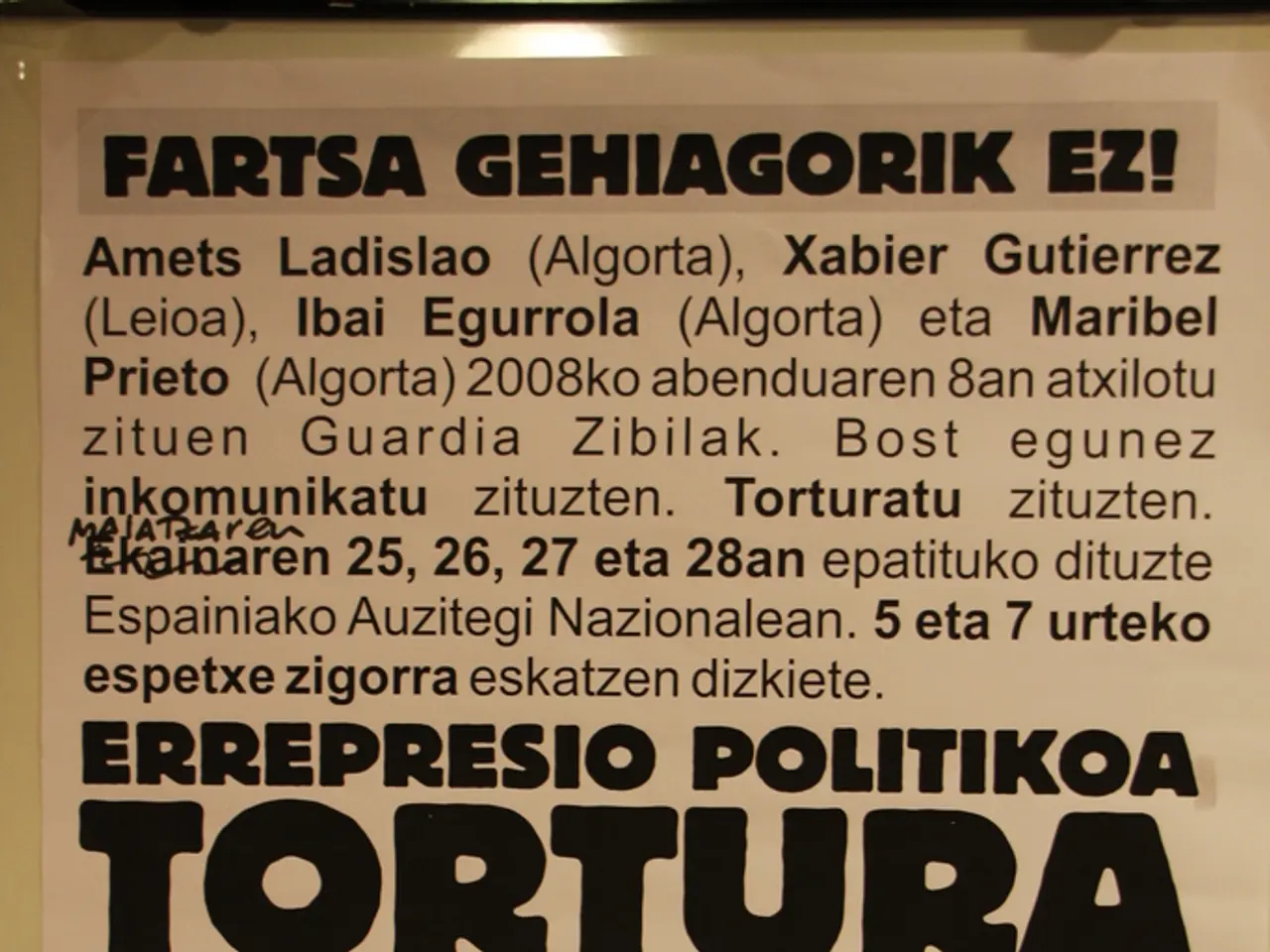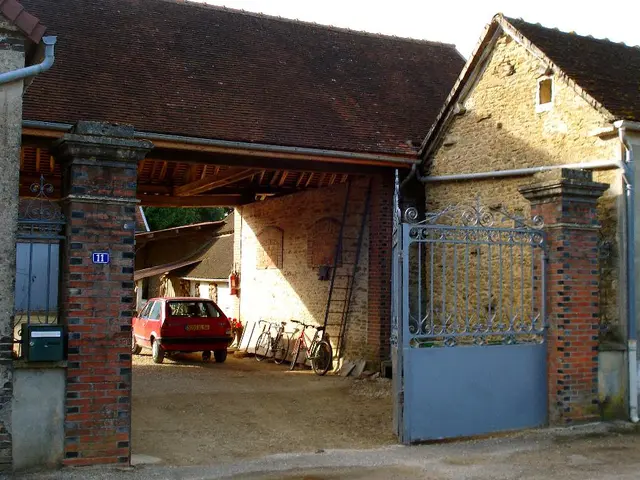The Brazilian economy finds itself under strain, as mounting interest rates take a toll on it.
Brazil's economy is currently grappling with the impact of a restrictive monetary policy, as evidenced by the high Selic rate (around 15%) that has been in place since August 2025. This tight monetary environment is slowing economic growth and moderating inflation, but it is also creating significant pressure on sectors like retail and construction.
GDP growth, which was robust at 3.4% in 2024, is moderating to around 2.3% in 2025, consistent with tighter monetary and financial conditions. Inflation, which rose in 2024 due to strong demand, food prices, and currency depreciation, is expected to converge back to the 3% target thanks to the monetary tightening initiated in September 2024. The labor market remains relatively strong despite the slowdown.
Looking ahead, growth is forecasted to strengthen moderately to around 2.5% over the medium term as inflation expectations stabilize. Monetary policy is expected to gradually ease with projections of the Selic rate declining potentially to around 9% by the end of 2024, balancing between inflation control and supporting growth. However, this easing depends heavily on external factors and fiscal developments.
One such external factor is the recent imposition of 50% tariffs on Brazilian imports by the United States, effective August 6, 2025. This move threatens about R$175 billion in export revenues, particularly affecting agriculture and manufacturing. The global environment remains challenging due to adverse U.S. trade policies and economic outlooks, contributing to financial market volatility and complicating Brazil's economic scenario.
To mitigate these external shocks, the government is implementing targeted fiscal aid to protect Brazilian exports. However, political actors are facing a challenging task of weighing between managing inflation and the risk of an economic slowdown.
The central bank in Brazil is maintaining a cautious policy, paying more attention to the external front due to U.S. tariffs on certain Brazilian items. The bank is also prioritising disinflation, despite the slowdown in activity.
In a bid to support exporters, financial authorities are considering the redeployment of around 30 billion reais, and nearly 5.5 billion dollars would be reallocated from the BNDES Export Guarantee Fund to subsidized credit lines. Loans would be granted on the condition that companies maintain national jobs.
Despite the challenges, official forecasts predict a GDP growth of around 2.5% by 2025 in Brazil. The economy's vulnerability, particularly in regions like the Northeast, remains a concern if U.S. demand continues to contract.
In summary, Brazil's restrictive monetary policy is effectively targeting inflation but at a cost of slowing growth and stressing some sectors. The future trajectory hinges on resolving external trade tensions and maintaining fiscal discipline while cautiously easing monetary policy.
- The tight monetary policy, as evidenced by the high Selic rate, is creating significant pressure on various business sectors, including retail and construction, but it is also impacting the finance sector, as the central bank is considering the redeployment of around 30 billion reais to subsidize credit lines to support exporters.
- Looking forward, the easing of the Selic rate, projected to potentially decline to around 9% by the end of 2024, could provide some relief to the finance sector, but the future trajectory of Brazil's economy will depend heavily on resolving external trade tensions and maintaining fiscal discipline.




